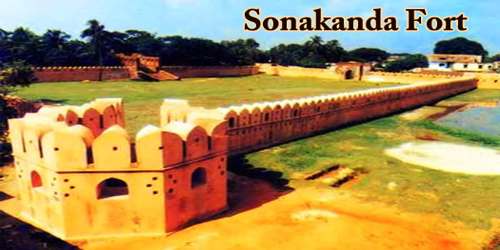Aheylite is a rare phosphate mineral with formula (Fe2+Zn)Al6[(OH)4|(PO4)2]2·4(H2O). It was named after Allen V. Heyl, an economic geologist associated with the U.S. Geological Survey. It is a part of the turquoise group. It occurs as pale blue to pale green triclinic crystal masses. It was made the newest member of the turquoise group in 1984 by International Mineralogical Association Commission on New Minerals and Mineral Names.
General Information
- Category: Phosphate minerals
- Formula: (Fe2+Zn)Al6[(OH)4|(PO4)2]24(H2O)
- Crystal system: Triclinic
- Density: 3.22 g/cm3 (Measured); 3.26 g/cm3 (Calculated)
Name and discovery
It was first described for an occurrence in the Huanuni mine, Huanuni, Oruro Department, Bolivia, and named for Allen V. Heyl (1918–2008), an economic geologist for the United States Geological Survey. It was discovered by Eugene Foord and Joseph Taggart.

Identification
Aheylite can be identified in the field by its blue-green color. Its transparent form has good cleavage. This mineral has a vitreous–dull luster, with a greenish-white streak. The fracture of this mineral is hackly-jagged, torn surfaces.
- Color: Very pale blue, pale green, to blue-green
- Crystal habit: Interlocked crystals in felted and matted aggregates forming botryoidal, spherulitic masses; radiating, prismatic groups
- Cleavage: Perfect {001}, {010} good
- Fracture: Hackly to splintery
- Tenacity: Brittle
- Mohs scale hardness: 5 to 5.5
- Luster: Porcelaneous to subvitreous
- Streak: White to greenish white
- Diaphaneity: Transparent in thin flakes
- Specific gravity: 2.84
Aheylite is distributed in the following places:
- Bolivia – In the Huanuni mine, Oruro
- Australia – From the Bali Lo copper prospect, 11km west-south-west of Ashburton Downs homestead, Capricorn Range, Western Australia
Occurrence
Aheylite occurs in a late stage hydrothermal mineral in a base-metal-tin deposit. It is a turquoise group mineral and occurs as a late hydrothermal phase in a tin deposit associated with variscite, vivianite, wavellite, cassiterite, sphalerite, pyrite and quartz in the type locality. It is often associated with minerals such as variscite, vivianite, sphalerite, cassiterite, quartz, pyrite, and wavellite.
Physical properties
It is found as an isolated mass of hemispheres and spheres clumped together. It has a vitreous to dull luster. It has a hackly to splintery fracture and it has a brittle tenacity. The hardness is about 5-5.5, and the specific gravity is 2.84. As far as optical properties, it had thin flakes; ipale blue, green to blue-green color; it streaks white and has a subviterous luster.
Information Source:
















